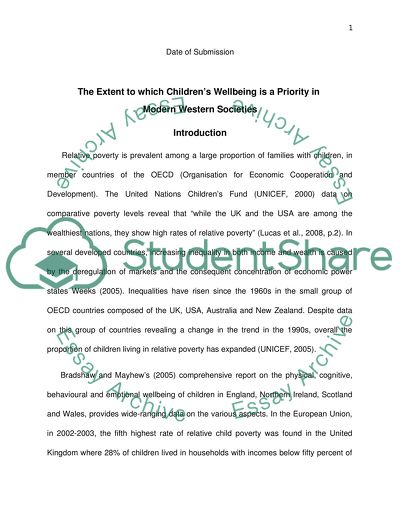Cite this document
(“To what extent is children's well-being a priority in modern Western Essay”, n.d.)
To what extent is children's well-being a priority in modern Western Essay. Retrieved from https://studentshare.org/education/1469802-to-what-extent-is-childrens-well-being-a-priority-in-modern-western-societies
To what extent is children's well-being a priority in modern Western Essay. Retrieved from https://studentshare.org/education/1469802-to-what-extent-is-childrens-well-being-a-priority-in-modern-western-societies
(To What Extent Is children'S Well-Being a Priority in Modern Western Essay)
To What Extent Is children'S Well-Being a Priority in Modern Western Essay. https://studentshare.org/education/1469802-to-what-extent-is-childrens-well-being-a-priority-in-modern-western-societies.
To What Extent Is children'S Well-Being a Priority in Modern Western Essay. https://studentshare.org/education/1469802-to-what-extent-is-childrens-well-being-a-priority-in-modern-western-societies.
“To What Extent Is children'S Well-Being a Priority in Modern Western Essay”, n.d. https://studentshare.org/education/1469802-to-what-extent-is-childrens-well-being-a-priority-in-modern-western-societies.


